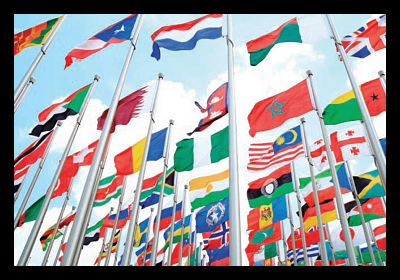Global Development 101

Global development is a multi-faceted, non-linear process in which the human condition can be permanently uplifted in multiple sectors like health, economics and human rights.
Global development has been historically measured in purely economic terms, mainly gross domestic product. However, strides in the last three decades have ensured that development is being measured on broader qualifications now. These qualifications include education, gender equality, health standards, environmental factors, life expectancy, human rights, corruption, infrastructure and investment, among others.
Global development can be applied to many different societal sectors. Human development is generally the most recognizable sector, but political, economic and infrastructure development are important as well.
Development implies that change will be lasting and sustainable. While investments made in development activities can temporarily and inexpensively change a life or a set of lives without lasting change, no real impact has been made and therefore no development can be measured.
The complexities of development are produced by the multi-disciplinary characteristic of the field. Global development is project-based. While many assume that each project linearly deals with a specific problem that is identified, financed and solved, development is actually a non-linear process. The single-project based approach that deals in only one discipline often leaves development wanting.
More appropriate approaches often deal with multiple facets simultaneously. A system-wide approach that uses interventions that balance low relative costs with high benefits and are sustainable for the community in which the intervention takes place is more desirable.
Long-term development strategy has less tangible, immediate results and is difficult to implement. Even though long-term can be much more effective in setting up sustainable and lasting development, it is less common. Because long-term aid outlives the government it begins under, it can be hard to secure actual aid out of verbal promises or agreements.
Development organizations are diverse. They can be country-based, like the U.S. Agency for International Development or Mashav, Israel’s federal development agency. Others are multilateral or international, like the U.N. Development Program, the Development Bank of Latin America or the World Health Organization. Development organizations can also take the form of non-governmental organizations, like Save the Children or the Cooperative for Assistance and Relief Everywhere.
– Caitlin Huber
Sources: DEVEX, U.S. Legal, Center For Global Development
Photo: Environment Magazine
